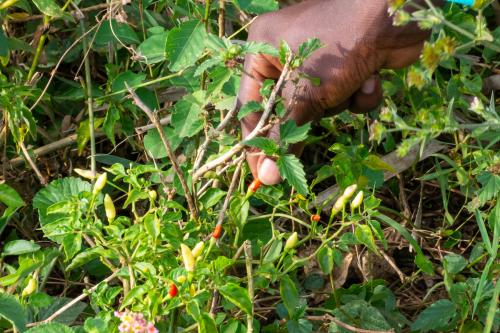The participants in the Brookings Blum Roundtable
noted that the prospects for expanding access to clean
energy among the world’s poor are improving rapidly as
a result of new technologies available at affordable costs. Here
we profile six innovative energy access products and services
identified in the International Finance Corporation’s 2012
report From Gap to Opportunity: Business Models for Scaling
Up Energy Access. The IFC estimates that the propagation of
these solutions could annually prevent 800,000 premature
deaths related to indoor air pollution and 300 million metric
tons of carbon dioxide emissions.
- Improved cookstoves: Thanks to sustained engagement
from business, researchers and governments, there now
exists a range of competitively priced and customer-driven
well-designed cookstoves that achieve improved efficiency
(with between 30 and 50 percent savings in fuel) and
reduced emissions. Competitors include both local small
and medium-sized enterprises, such as the Ghana-based
Toyola Energy, and international players, such as U.S.-based
Envirofit. Commercial costs for improved cookstoves now
start at as little as $5, or 40 cents per month over the life
cycle of the product. - Solar and rechargeable lanterns: Solar and rechargeable
lanterns, which combine small photovoltaic panels, nondisposable batteries and an LED lightbulb, are recording
large decreases in price thanks to economies of scale. With
prices as low as $10, these products are gaining popularity
with both the rural poor and urban slum dwellers as a
cost-effective and durable alternative to less safe and clean
kerosene lamps. Many of these lanterns are now being fitted
to allow for mobile phone charging, such as those produced
by the India-based for-profit social enterprise d.light, whose
products have reached more than 10 million people.


